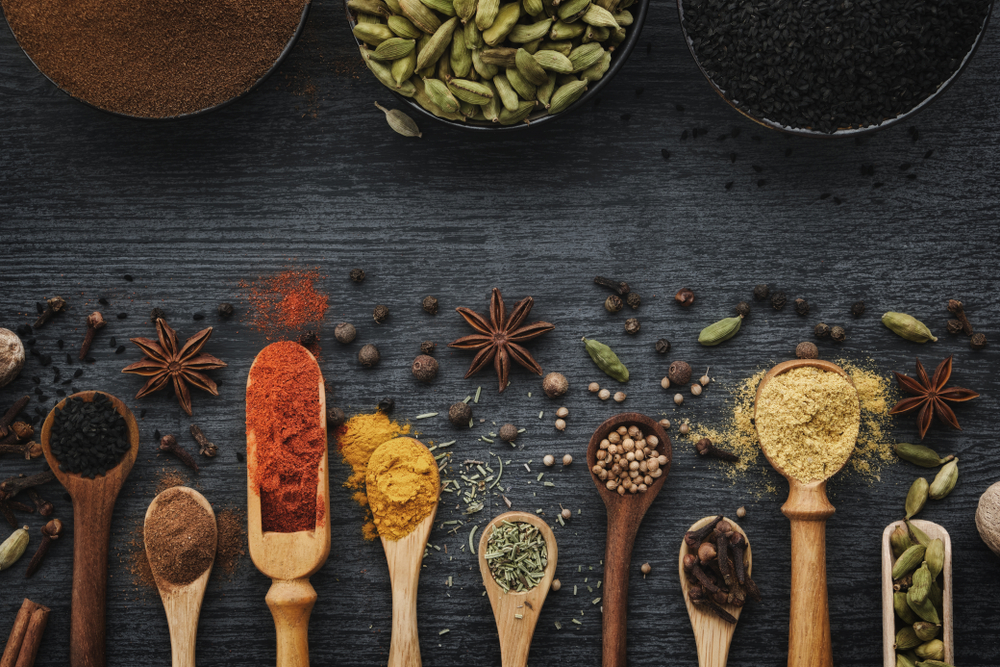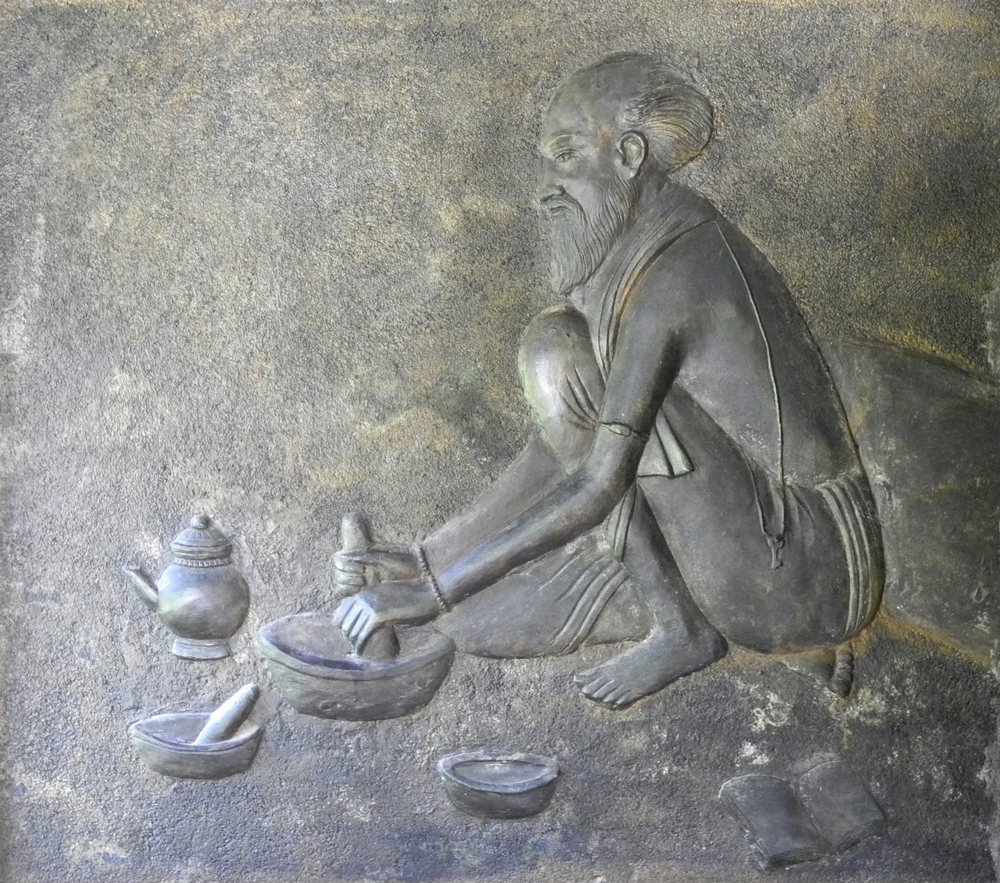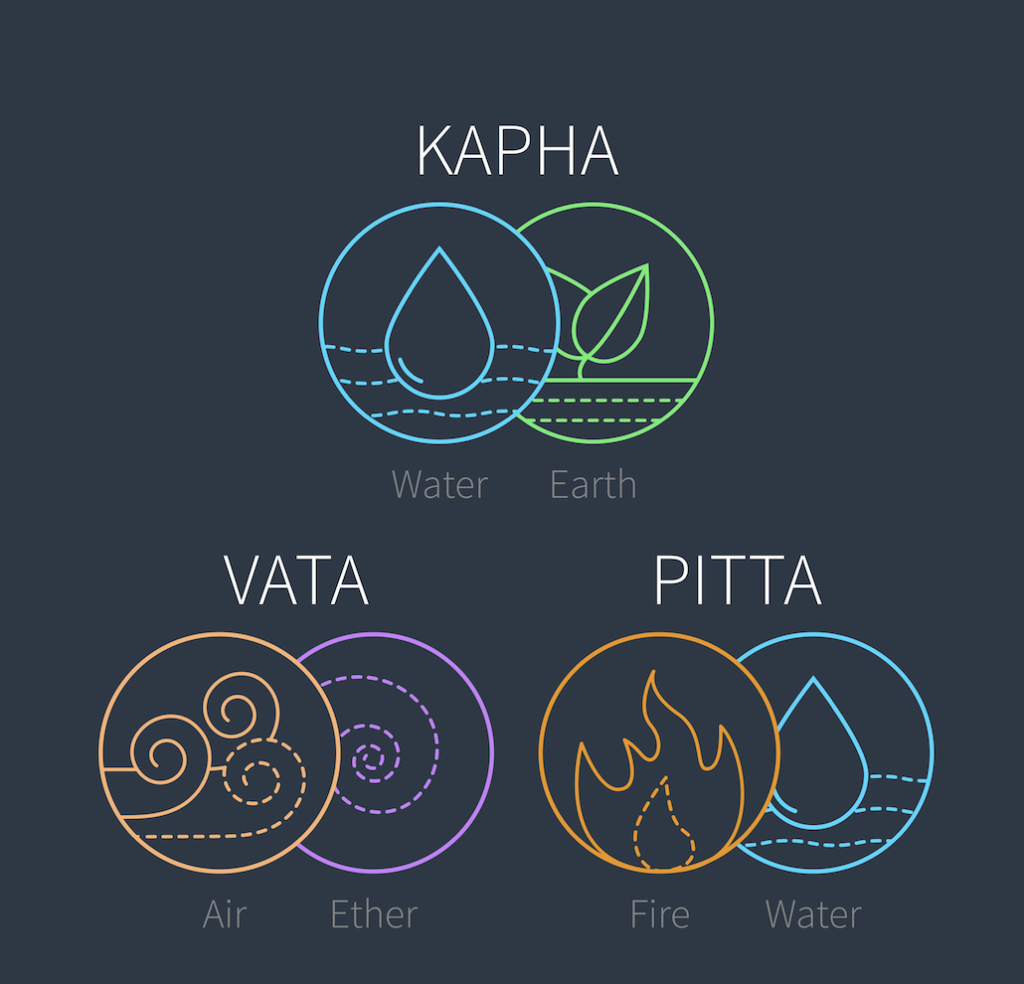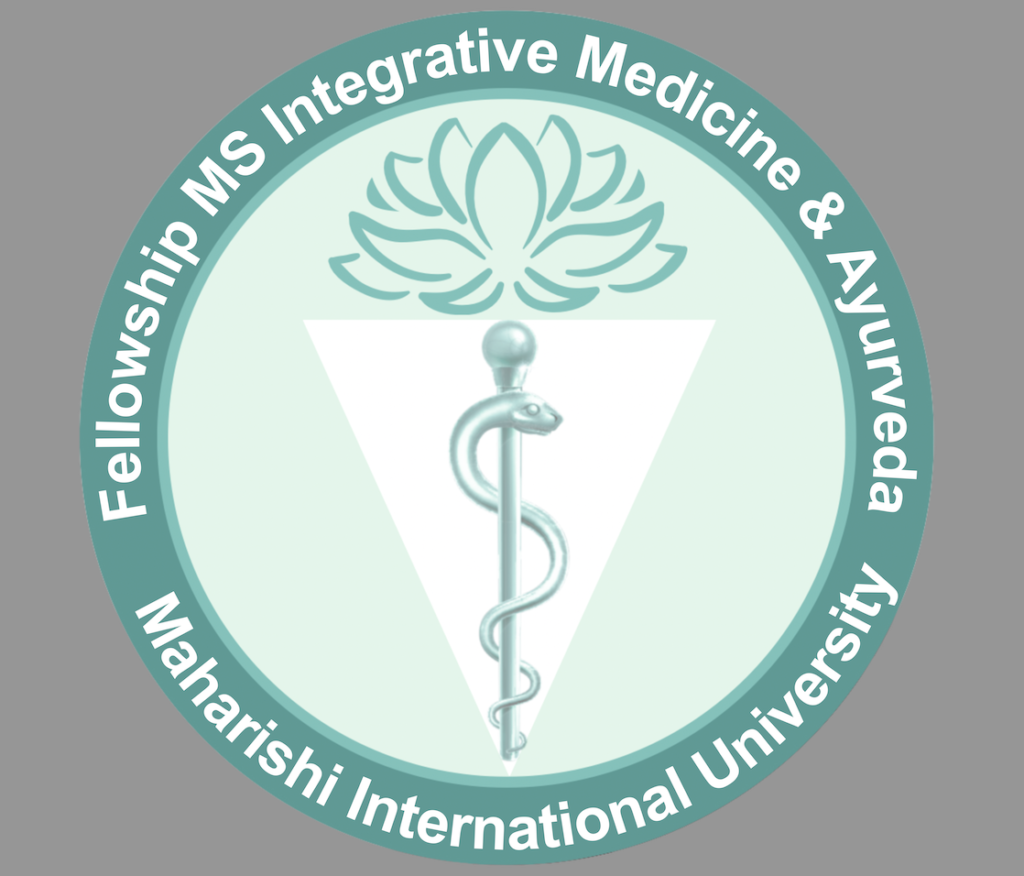
In recent years conventional biomedicine has begun to recognize that disruptions in the composition of the microbiome and the integrity of the gut lining are key factors in the pathogenesis of certain chronic disorders.
For example, we know that in celiac disease, exposure to gluten induces an immune response which in turn triggers inflammation. This leads to atrophy of the intestinal villae, crypt hyperplasia, and subsequent malabsorption of nutrients. It also results in increased intestinal permeability (Lammers KM, et al. Gastroenterol. 2008).
Similarly, the pathogenesis of inflammatory bowel disease (IBD) involves both the microbiome and the intestinal mucosa, with disruption of the mucus barrier and migration of bacteria, resulting in bacterial invasion and cytopathology (Swidsinski A, et al. Inflam Bowel Dis. 2008).
In both examples, disruptions and alterations of the gut microbiome and the intestinal mucosa set the stage for penetration or absorption of pathogens or incompletely digested food molecules that, in turn, trigger inflammatory and autoimmune responses.
The relationship between autoimmune conditions and digestive disorders is quite clear, and often bi-directional. Many autoimmune diseases including type 1 diabetes, atopic dermatitis, and autoimmune thyroid disorders are associated with celiac disease.
Inter-related Systems
Likewise, IBD is linked to a number of autoimmune disorders including ankylosing spondylitis, autoimmune hepatitis, and cutaneous vasculitis. There also appears to be a connection between the gut mucosa, the microbiome, and rheumatoid arthritis, prompting one research team to coin the term “Gut-Joint Axis” to describe this interrelationship (Zaiss MM, et al. Nat Rev Rheumatol. 2021).
Our advancing knowledge of the importance of the microbiome has impacted daily clinical practice. Microbiome (fecal) transplantation is now considered standard care for patients suffering from treatment-resistant C. difficile colitis. And several clinical trials have shown probiotic treatments to be effective in a number of clinical scenarios, such as irritable bowel syndrome (Martoni CJ, et al. Nutrients. 2020).
In arriving at this “new” understanding of the connection between gut health, the immune system, and overall wellbeing, the biomedical community has, in fact, followed the lead of holistic medicine. For decades, practitioners of functional medicine and naturopathy have emphasized the importance of a healthy gut lining for maintaining overall health, while calling attention to the role of dysbiosis in the pathogenesis of chronic inflammation, autoimmunity, and chronic disease.
When treating patients with complex chronic diseases, they often focus first on optimizing gut mucosal integrity through dietary measures, herbal therapies, stress management, and other holistic remedies.
Agni, Ojas, and Ama
As it turns out, appreciation of the fundamental importance of the gut and digestion goes back further still, having been recognized in Ayurveda for thousands of years. The traditional healthcare system of India, Ayurveda is the oldest comprehensive system of natural medicine in the world. It includes three foundational concepts that illuminate and underscore the vital importance of good digestion: agni, ojas, and ama.
In Ayurveda, digestion is called “agni,” or fire. This is, in fact, the root of the English word “ignite,” via the Latin “igneus” meaning “fire” or “fiery.” Maintenance of a strong digestive fire is a cornerstone of ayurvedic therapeutics.
Simply stated, when digestion (agni) is strong, we process our meals properly. The product of a well digested meal is a light, sweet, nutritious substance called “ojas,” which nourishes all the tissues of the body. If the digestive fire is weak, the byproduct of improper digestion is a heavy, sticky, toxic substance called “ama,” which when absorbed, sets the stage for chronic disease.

Charka Samita, the classic Ayurvedic text, which dates back more than 2 millennia, states it this way:
“Lifespan, complexion, strength, health, enthusiasm, corpulence, luster, immunity, energy, heat processes, and vital breath all have the body fire as their cause. One dies if his fire is extinguished, lives long free from disorders if it is functioning properly and gets ill if it is deranged. Hence Agni is the root cause of all. The nourishment of tissues, immunity, strength, complexion, etc. by food depends on Agni, because the tissues cannot be produced from undigested food.”
It is not difficult to draw parallels between these ancient concepts and the new understanding we’ve gained from modern science. We can conceptualize “agni” (digestive fire) in terms of the balanced production and robust function of gastric secretions and digestive enzymes.
We can likewise understand the concept of “ama” in terms of the contemporary concept of dysbiosis, which leads to production of toxic substances, and to intestinal hyperpermeability, with subsequent absorption of incompletely digested food particles.
Interestingly, the ayurvedic concept of “ojas”–the product of proper digestion–is also synonymous with immunity, which indicates that Ayurvedic authors and practitioners centuries ago recognized the connection between digestive function, immunity, and resilience—something we are just now starting to describe in cellular and molecular terms.
Timing is Everything
Ayurveda offers profound yet straightforward dietary therapeutics to optimize digestion, enhance immunity, and neutralize chronic inflammation. Though astonishingly simple, some of these recommendations often take people by surprise.

For example, according to Ayurveda, when you eat is as important as what you eat. Specifically, the main meal of the day should be lunch, at mid-day. The principle is that our digestive fire is naturally strongest when the sun is highest in the sky. On the other hand, eating heavily at night, when the digestive fire is receding, is generally contraindicated. A big meal at night won’t be fully digested, leading to production of ama and setting the stage for chronic disease.
Clinically, overeating at night represents an under-recognized root cause of a lot of common chronic health concerns. This all boils down to a simple message for our patients: don’t eat so much at night!
Though easy to explain, the recommendation can be challenging for many people to implement, or even to believe. Patients may object that they don’t have time during the day for a big meal, or that they work night shifts and need to eat late because that’s when they get their breaks. These are very real considerations.
If someone has the habit of eating heavily at night, and is getting away with it, so be it. But when some chronic health challenge is developing, the late-night overeating surely represents a significant causative factor.
Scientific data support the concept that timing of meals has impact. Gut motility and saliva production are both relatively higher during the day than at night. Insulin sensitivity is lower in the evenings than during the day. This means that for the same person, the same meal will result in higher blood sugar levels at night than during the day (Cagampang FR, Bruce KD. Br J Nutr. 2012; Stenvers DJ, et al. Progr Brain Res. 2012).
Under experimental conditions, people exposed to dim light compared with those exposed to bright light, show evidence of reduced carbohydrate absorption and gastric myolectrical activity, which suggests higher digestive capacity during the day than at night (Sone Y, et al. J Biol Med Rhythm Res. 2003).
In cross-sectional epidemiologic studies, scientists have shown an association between late night eating and increased risk for heart disease, obesity, and metabolic syndrome (St-Onge MP, et al. Circulation. 2017).
Favor Warm Over Cold
Here is a second simple Ayurvedic rule for optimum digestion and ideal health: Favor warm and cooked foods and beverages over cold or raw ones. The Ayurvedic explanation seems obvious: Digestion, or agni, is like a fire. Therefore, anything warm stimulates the fire and is desirable, while anything cold will suppress the fire, and should be avoided.
As a general principle, then, iced cold drinks are off the menu. In contrast, frequent sips of plain hot water, or any non-caffeinated hot beverage, throughout the day can serve to heat up the digestive fire and melt away the ama (digestive toxins). Regularly sipping hot non-caffeinated liquids is a very good, low budget detoxifying practice for just about anyone. Note that during meals, a few sips of warm water are ok, but don’t overdo it so as to avoid diluting the digestive juices.
In mechanistic terms, we can appreciate that warm foods and drinks stimulate a parasympathetic “rest and digest” response from the gut, while cold foods and drinks promote just the opposite—a sympathetic “fight or flight” reaction.
Indeed, clinical trial data have shown that following abdominal surgery, warm water intake results in improved first flatus expulsion and better gut motility (Çalişkan N, et al. Gastroenterol Nurs. 2016).
Likewise, in patients with esophageal achalasia, hot water consumption can reduce lower esophageal sphincter resting pressure, assist lower esophageal sphincter relaxation, shorten contraction duration of the esophageal body, and relieve symptoms. In contrast, cold water has the opposite effects (Ren Y, et al. J Neurogastroenterol Motil. 2012).
No Salad at Night
Based upon all this, what is the most overrated dish in terms of its purported health benefits? Salad!
Yes, we should advise our patients to eat loads of vegetables, but they should be cooked—ideally via moist heat methods. Practically speaking, a small salad for lunch is ok, but avoid big salads at night. Some will object that the cooking process renders vegetables less nutritious, but Ayurveda holds that the opposite is true. When steaming vegetables, some of the water-soluble vitamins may in fact diffuse out, but what remains will be better assimilated by the body.
These are just a few examples of the ways in which ancient Ayurvedic principles conceptually reinforce and clinically illuminate our contemporary understanding of gut function in the maintenance of health and prevention or reversal of chronic disease.
From a pragmatic standpoint, you can provide your patients with a simple, effective, and scientifically validated piece of advice for improving their digestion, avoiding inflammation, and optimizing immunity: Be sure to have a nutritious hot lunch every day!
If you are interested in an in-depth exploration of ayurveda and its potential in modern medical practice, the Maharishi International University is now offering a groundbreaking new training program: the Fellowship MS in Integrative Medicine and Ayurveda for Medical Professionals.
Offered in partnership with the University of Arizona’s Andrew Weil Center of Integrative Medicine, the program is online and part-time, over two years. It’s designed for working professionals, and leads to an MS degree.
Application for the Fellowship is open to licensed or license-eligible health professionals including physicians, nurse practitioners, physician assistants, and doctors of naturopathic medicine, dentistry or pharmacy. Physicians who complete the program can be eligible to take the certification exam offered by the American Board of Integrative Medicine (ABOIM). Learn more!
END
Charles Elder, MD, MPH, FACP is the Executive Director of the Fellowship MS in Integrative Medicine and Ayurveda for Medical Professionals at Maharishi International University. He received his MD and MPH degrees from Boston University, did his residency training in internal medicine at the University of Michigan, and served as a primary care physician at Kaiser Permanente Northwest for 30 years.








